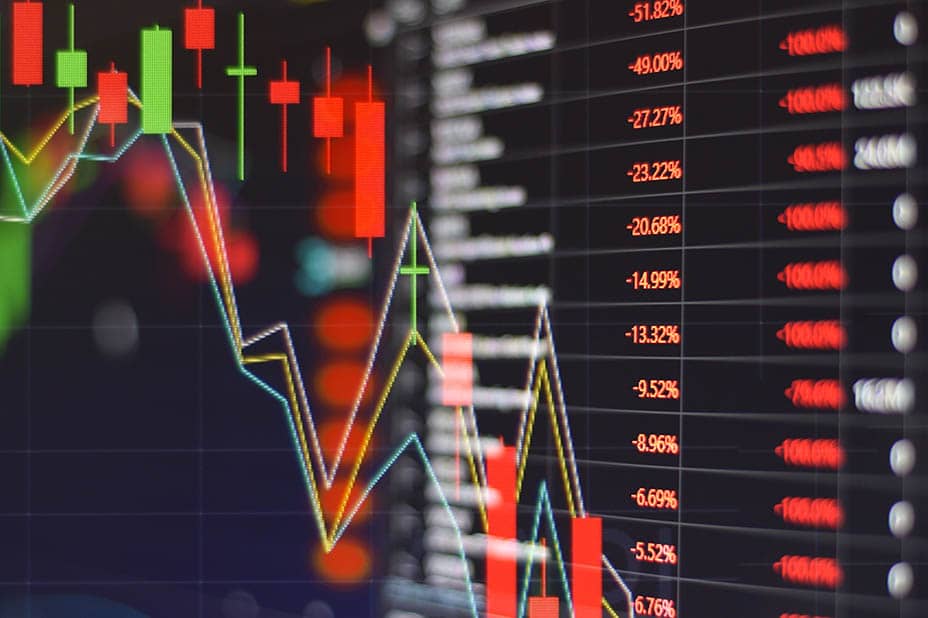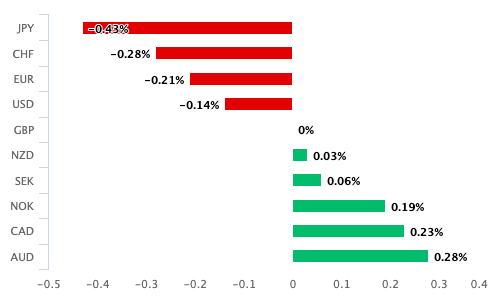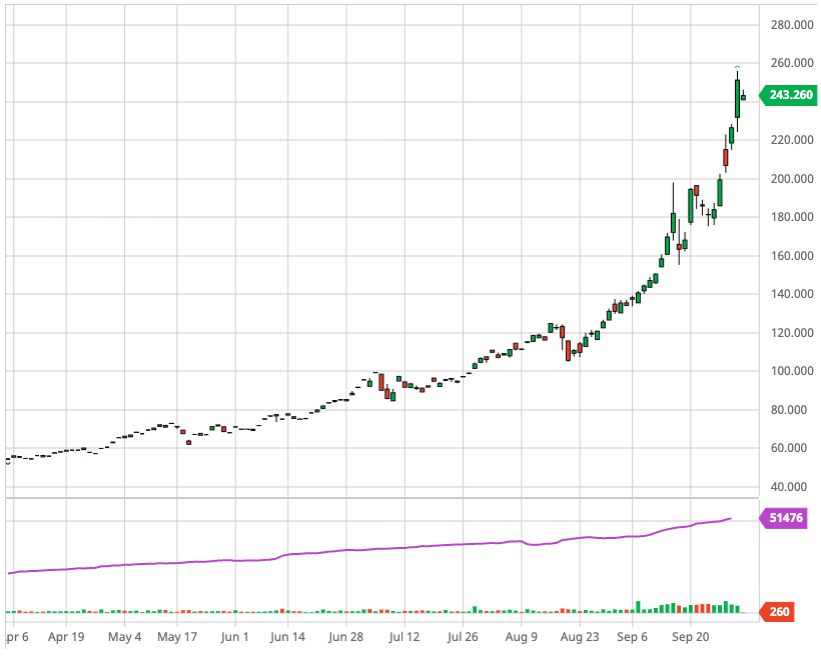Pound-Euro: Exchange Rates in Classic Ro-Ro Action Ahead of the Weekend
- Written by: Gary Howes
- Global factors driving GBP/EUR
- Investors take flight as inflation bites
- Danske says still bullish GBP

Image © Adobe Images
- GBP/EUR reference rates at publication:
- Spot: 1.1614
- Bank transfers (indicative guide): 1.1308-1.1390
- Money transfer specialist rates (indicative): 1.1500-1.1556
- More information on securing specialist rates, here
- Set up an exchange rate alert, here
The Pound-to-Euro exchange rate fell back to 1.16 at the start of the new month amidst a souring in global investor sentiment.
For those watching the British Pound in the context of this week's elevated volatility, the most important message to put across now is that external drivers are firmly in control.
As the new month gets underway investor sentiment is poor and this is having a classic risk-off impact on the world's major stock markets and currencies.
Advancing are the pack are the 'safe haven' Yen, Franc and U.S. Dollar while the losers include the 'high beta' commodity currencies such as the Australian Dollar and Norwegian Krone.
In between are the Pound, Euro, Canadian Dollar and New Zealand Dollar.

Above: GBP performance on Oct. 01. This is a classic performance in a risk-off world.
Looking at the relationship between the Euro and Pound; the Euro is the outperformer given its status as a funding currency which places it closer to the 'safe haven' bracket than the Pound.
September saw the world's major stock exchanges record their first monthly loss since January and investors appear nervous that a global surge in inflation is unlikely to come to an end until 2022.
In the past, weakness in stocks has been bought into as investors reckoned the world's central banks would simply continue making cheap funding available via ultra-low interest rates and quantitative easing.
But, inflation breaks that relationship.
By continuing to offer cheap finance central banks could help stoke further inflation, therefore the time for them to step back is fast approaching, leaving investors with few bullish narratives.
"Narratives of stagflation have started to appear as worries over an economic slowdown springing from raw material shortages and cost push inflation take hold," says Selena Ling, Head of Research & Strategy at OCBC Bank.
Despite signs of slowing growth in the U.S. - where a number of major economic readings disappointed against expectation in September - the Federal Reserve has signalled it will push ahead with withdrawing stimulus.
{wbamp-hide start}
{wbamp-hide end}{wbamp-show start}{wbamp-show end}
Quantitative easing will be wound down starting in November and is expected to be completed by mid-2022.
Markets expect the first rate rise of many to follow in late-2022.
U.S. bond yields rose to recognise these developments, squeezing global funding costs higher and acting as a headwind to growth.
It is little wonder then that global markets are heading lower and in this environment the Dollar is likely to win out.
"Year-to-date in 2021 the dollar is stronger versus all G10 currencies bar the Canadian dollar. The pound and the Norwegian krone have performed next best, weakening only modestly," says Derek Halpenny, Head of Research for Global Markets at MUFG Bank.
Halpenny says European currencies look particularly vulnerable to rising gas prices:
"Supply-constraint shortages in Europe are likely to continue to weigh on sentiment. From an FX perspective, a differentiating factor between Europe and the US is the surging price of natural gas in Europe that could act as a drag on growth (hit to real incomes for households) and exacerbate supply problems."
This is expected to keep EUR/USD under pressure into year-end.
Above: The wholesale price of UK gas for delivery in November from ICE. Chart: BarChart
For the Pound, the UK is entwined in the European gas market and therefore the UK consumer looks set to suffer further headwinds.
The UK economy is particularly dependent on consumer sentiment and the evolving cocktail of headwinds therefore leaves the Pound looking vulnerable at the start of the final quarter of the year.
At the start of October foreign exchange analysts at Danske Bank - the Scandinavian lender - tell clients they maintain a constructive view on the Pound.
"We remain bullish on GBP overall, as GBP usually strengthens in an investment environment with tighter monetary policy, a peak in manufacturing and a stronger USD," says Kristoffer Kjær Lomholt, Chief Analyst at Danske Bank.
Danske Bank are forecasting the Pound-Euro exchange rate to trade at 1.2050 in 12 months.
UK bond yields have risen sharply over recent days as investors anticipate rising UK inflation and higher interest rates at the Bank of England.
Typically such dynamics are supportive of a currency but some foreign exchange analysts expressed surprise when the Pound failed to follow UK yields higher.
In an article out today Pound Sterling Live reports that veteran FX trader Brent Donnelly says this state of affairs cannot last indefinitely.
He says the Pound will likely catch up again with yields and that is why he is no longer bearish on the Pound.






